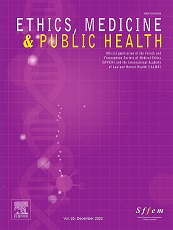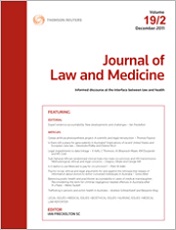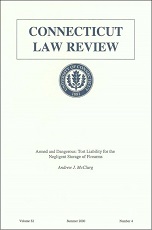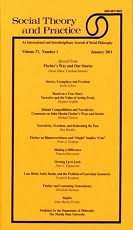Maria Teresa Weidner
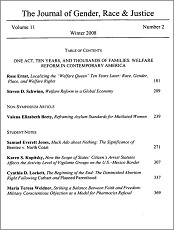
Lexis Nexis Summary
Pharmacists who have subscribed to this movement assert that they have a “right” to refuse to fill valid patient prescriptions whenever doing so might violate their own religious or moral beliefs. … The governments of Arkansas, Florida, and South Dakota sought to both endorse and shield from liability instances of religiously motivated pharmacist refusal to dispense family planning products. … Such expectations, as demonstrated in the policy positions set forth by organizations like the American Pharmacists Association (APhA) and Pharmacists for Life, harm the profession by undermining its credibility while underscoring the need to preserve the regulating power of liability as a tool to protect patient interests. … These factors, compounded with the profession’s own struggle for professional legitimacy and insistence on recognition of the practitioners’ “clinical role” in the provision of medication to patients indicate that a defense against alleged malpractice based on a free exercise theory would not succeed both based on the secular nature of the profession and as a matter of existing free exercise jurisprudence. … South Dakota’s legislature has already demonstrated as much by including a provision in its pharmacist refusal clause permitting pharmacists to refuse to dispense palliative drugs that might be used to hasten death, clearly a measure that can affect women and men alike
Weidner MT. Striking a Balance Between Faith and Freedom: Military Conscientious Objection as a Model for Pharmacist Refusal. J Gender, Race & Just. 2008 Jan;11(2):369-408
